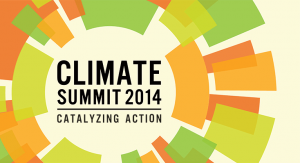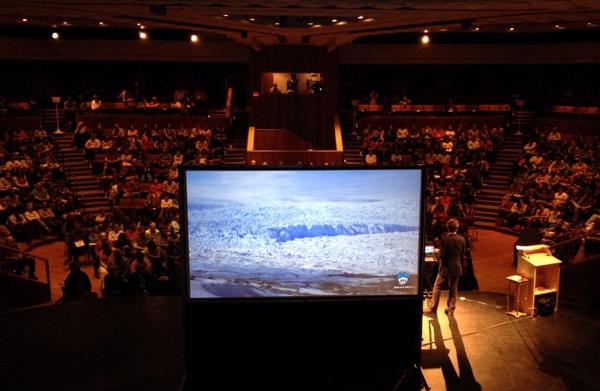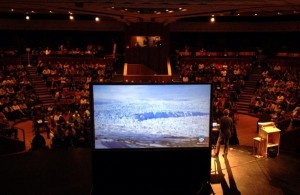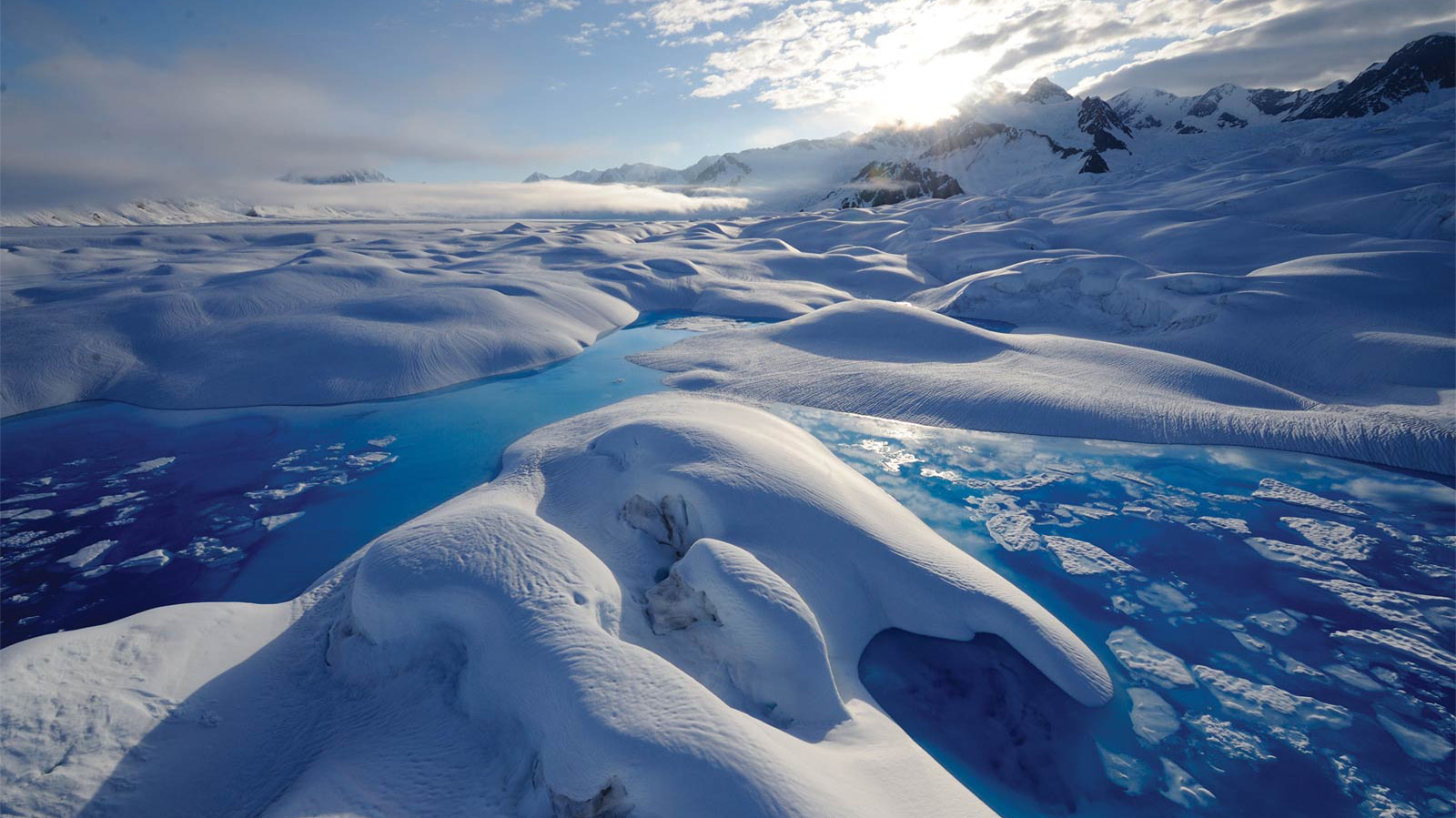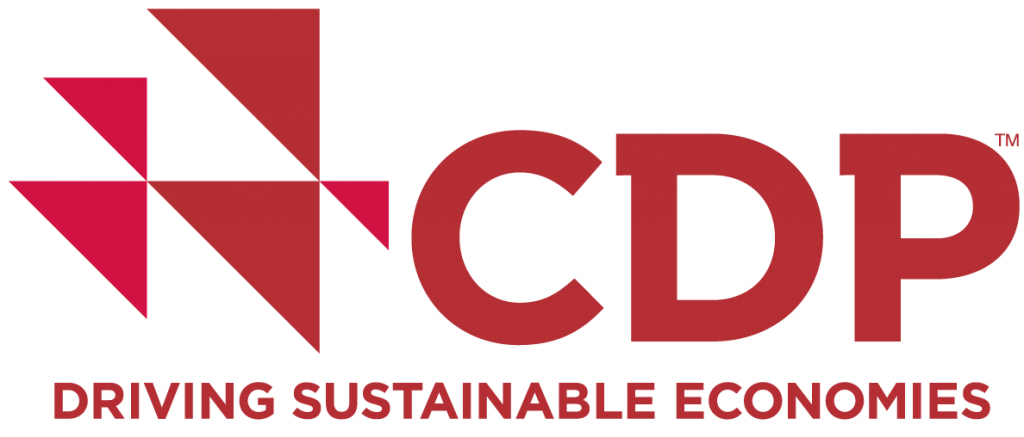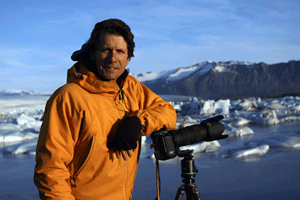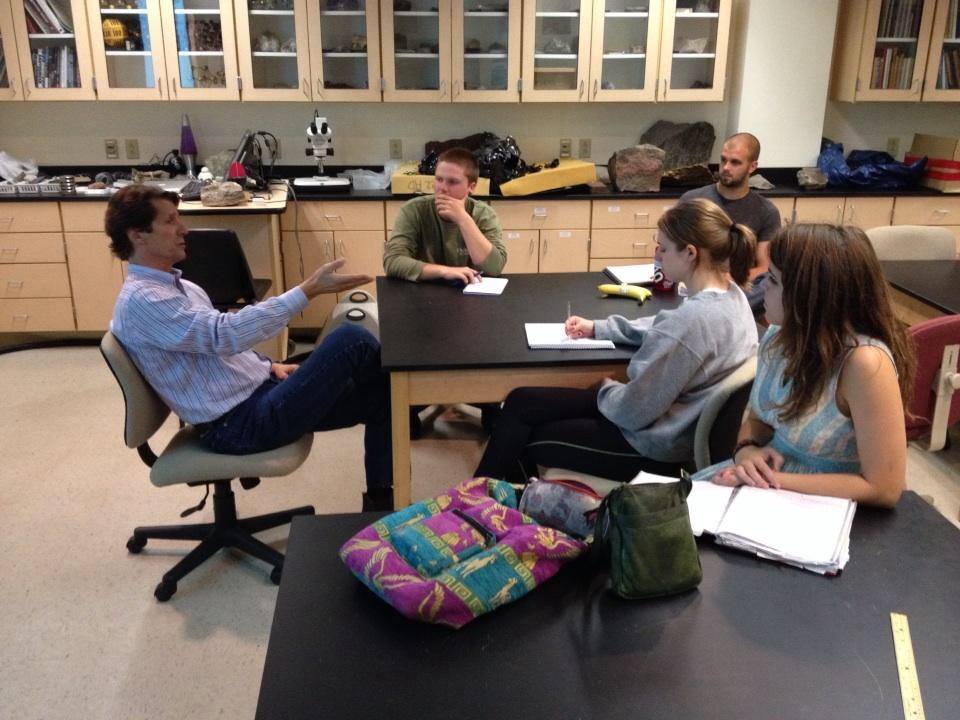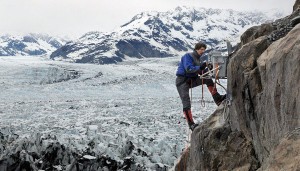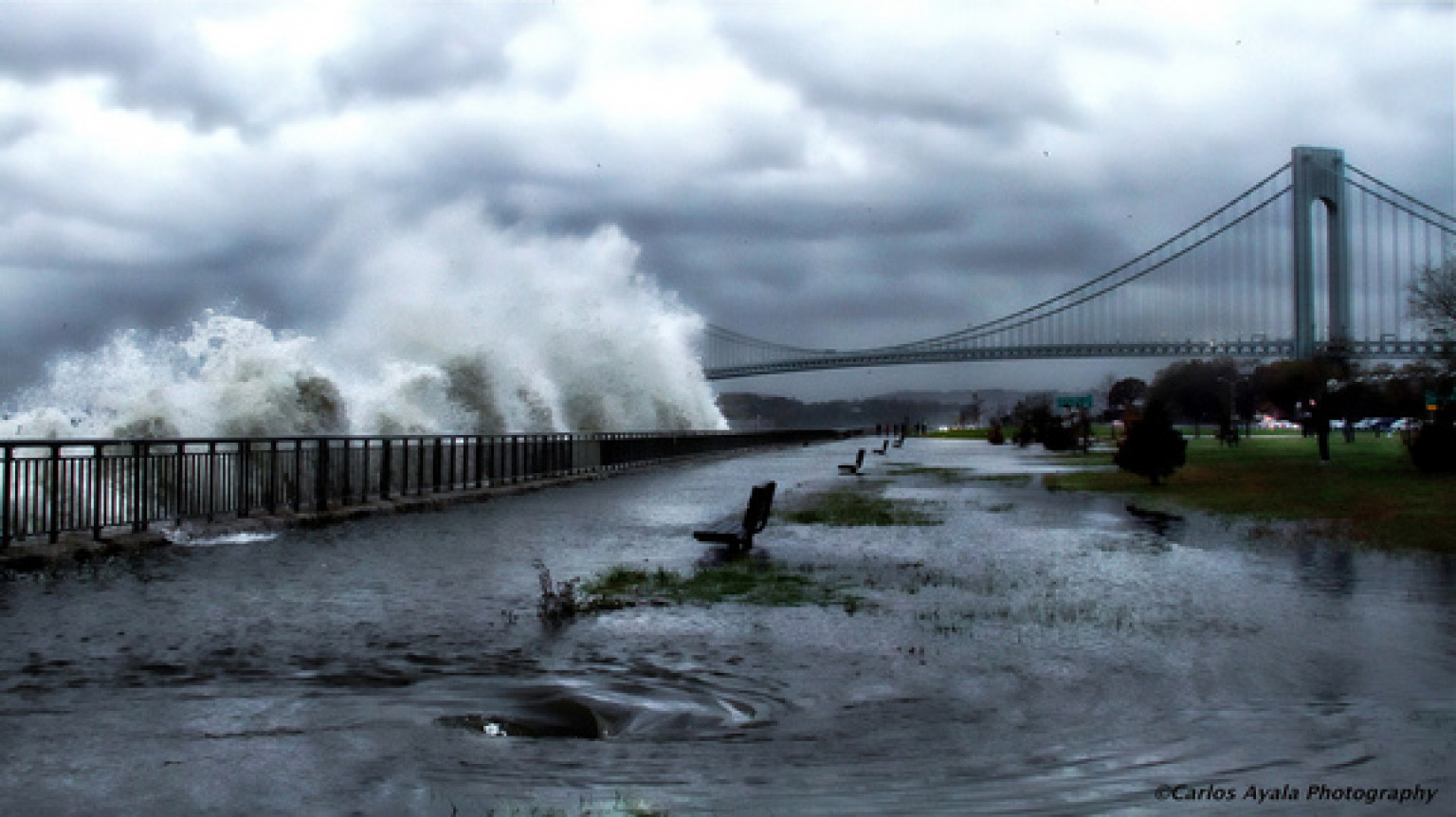The New England Governors and the Eastern Canadian Premiers (NEG-ECP) (Bulkely 59) has been holding annual conferences encouraging cooperation in reducing greenhouse gases since 1997, with the exception of four skipped years. (New England Govenors…Annual Conference) In 2000, the group created an action plan, the New England Governors and the Eastern Canadian Premiers Action Plan, to reduce greenhouse gas emissions at least 10% below 1990 levels by 2020, and a 75-85% reduction of 2001 levels as a long term goal; the Action Plan was enforced on August 28, 2001. (New England Governors…Action Plan) The group involves the interests of six New England states (Connecticut, Maine, Massachusetts, New Hampshire, Rhode Island, and Vermont) and five provinces from Canada (New Brunswick, Newfoundland and Labrador, Nova Scotia, Prince Edward Island, and Quebec). (New England Govenors…Annual Conference) The conferences are held in place regarding five major themes; “developing networks and relationships, taking collective action, engaging in regional projects and endorsing projects by others, undertaking research, increasing public awareness and shared interests” (New England Govenors…Annual Conference).
The NEG-ECP adopted the Climate Change Action Plan in 2001, the Mercury Action Plan in 1998, the Acid Rain Action Plan in 1998, and the Transportation Air Quality Action Plan in 2008 and through implementation of these plans, it has achieved reductions in greenhouse gas emissions. They also have implemented two regional agreements; the Mystic Covenant, a pledge to strengthen and promote trade relations, and the International Emergency Management Assistance Memorandum of Understanding. Alongside all of these accomplishments, NEG-ECP also has sponsored international forums on energy and the environment, published energy inventories, established agreements for international assistance in Emergency Management and Preparedness, and examined issues associated with changing demographics and its effect on the economy. (New England Governors… Annual Conference)
The states and provinces of this network are truly affective in reaching its goals and objectives as clearly stated above. “The NEG/ECP Conference has successfully undertaken initiatives in the areas of trade, energy, economic development, environment, oceans, forestry, agriculture, fisheries, transportation, information technology and tourism” (New England Governors…Action Plan).
Works Cited
Bulkeley, Harriet, and Peter Newell. “Chapter 3 Between Global And Local; Governing Climate Change Transnationally.” Governing Climate Change. London: Routledge, 2010. N. pag. Print.
“New England Governors and Eastern Canadian Premiers Climate Change Action Plan 2001.” Wikipedia. Wikimedia Foundation, 28 Apr. 2014. Web. 01 Oct. 2014.
“New England Governors and Eastern Canadian Premiers’ Annual Conference (NEG/ECP).” New England Governors and Eastern Canadian Premiers’ (NEG/ECP) Annual Conference. Council of Atlantic Premiers, 2011. Web. 01 Oct. 2014. Web design by: immediacy


